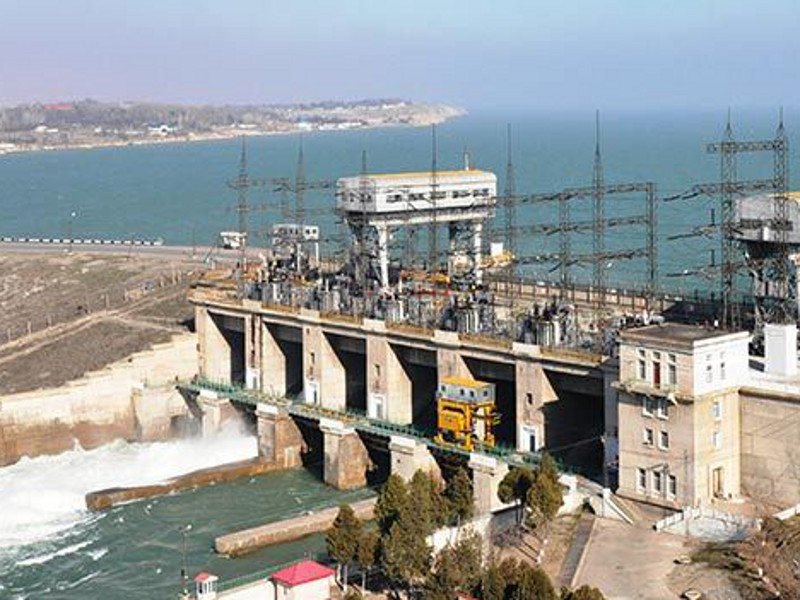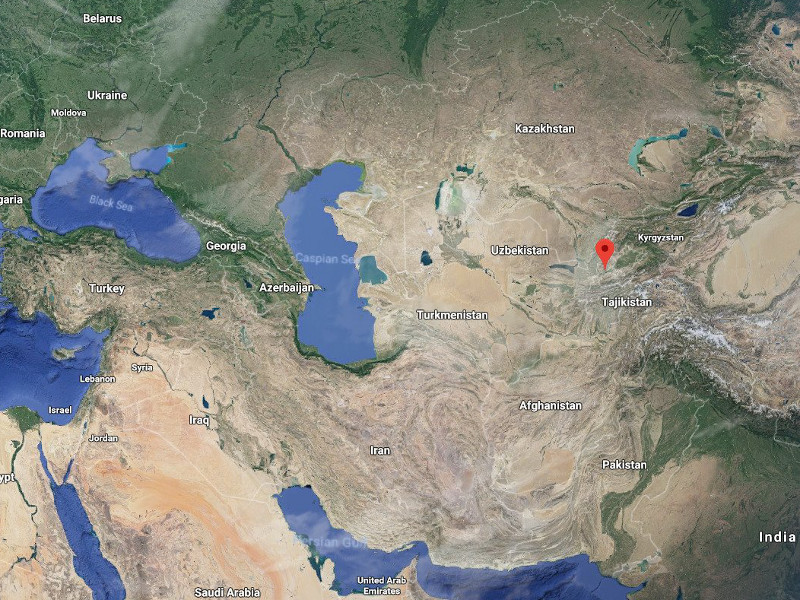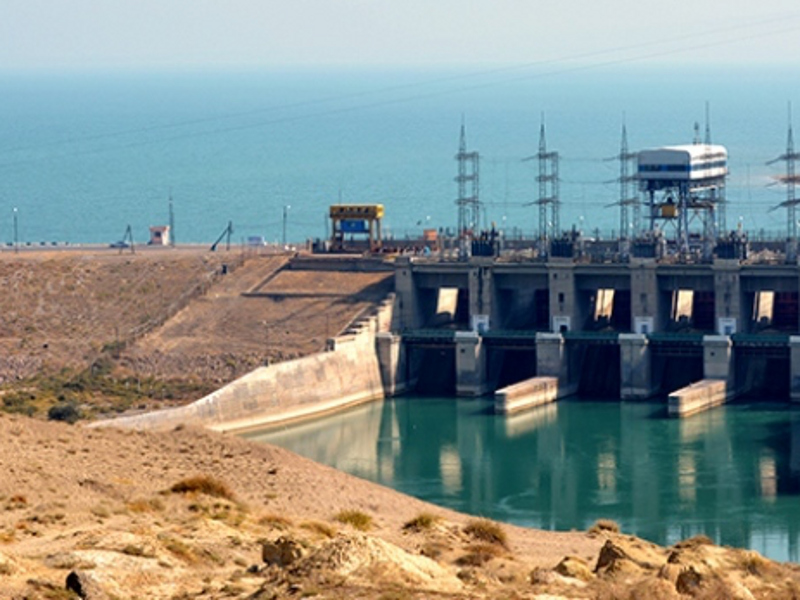The Qairokkum hydropower rehabilitation project involves upgrading the 126MW hydroelectric power plant on Syr-Darya River in northern Tajikistan.
Barki Tojik, a state-owned vertically integrated power utility that owns the plant, is refurbishing it in order to increase its capacity to 174MWand cope with the expected impact of climate change on the Tajikistan hydrological systems.
Commissioned in 1956, the Qairokkum plant is the only power generating facility in the Sugd region of northern Tajikistan. It is being refurbished after more than 60 years of continuous operations.
The refurbishment works were commenced in August 2019 and are anticipated to be completed by 2023, following a 54-month construction period.
Project Gallery
-

Qairokkum hydropower rehabilitation project will increase the plant’s capacity from 126MW to 174MW. Image courtesy of EBRD.
-

Qairokkum HPP is the only power generating facility in northern Tajikistan that provides energy to 500,000 people. Image courtesy of EBRD.
-

The rehabilitation project is led by GE Renewable Energy along with Cobra, a division of ACS Group, in a consortium. Image courtesy of GE.
Qairokkum hydroelectric power plant make-up
The Qairokkum hydroelectric power plant comprises six 21MW Kaplan turbines, which are currently generating an average of 700GWh of electricity a year.
The associated reservoir helps in regulating the water flow from Syr-Darya River for irrigation purpose.
Qairokkum hydropower rehabilitation project details
The Qairokkum rehabilitation project is a part of the Tajik government’s five-year Strategic Program for Climate Resilience (SPCR), which was initiated in 2010.
The six existing 21MW turbine units will be replaced by 29MW vertical Kaplan turbine units, as part of the rehabilitation project. The addition of new turbines and generators is expected to increase the plant’s capacity by 20%.
Barki Tojik has divided the hydropower project rehabilitation into two phases. The first phase will involve the replacement of two turbines, while the remaining four turbines will be replaced in the second phase.
The rehabilitation works will also include the installation of automatic drives on the two spillway gates, in addition to replacing the trash rack.
Further, the project will include the integration of new generators, automatic control system, and an alarm system for the embankment dam. Hydraulic steel components as well as electromechanical and additional safety equipment will also be installed.
Other works include adaptation of the powerhouse and weir structure, and repairs to the surface concrete and armour steel.
Financing for the rehabilitation project
The Qairokkum hydropower rehabilitation project received £161m ($196m) in financing from European Bank for Reconstruction and Development (EBRD), Green Climate Fund (GCF), Climate Investment Funds, and European Investment Bank (EIB).
The financing comprises £72m ($88m) of EBRD loan, £30m ($37m) of EIB loan, £41m ($50m) of GCF loan and grant, and a £17m ($21m) Climate Investment Funds loan.
The project is also supported by the government of Austria, which is funding the technical co-operation support.
Contractors involved
ILF Consulting Engineers was selected as the consultant for the project implementation unit of Qairokkum HPP rehabilitation project, in September 2015.
The consortium of GE and Cobra was awarded the contract for the refurbishment of the project in December 2018.
Barki Tojik engaged GE Renewable Energy, in March 2019, to refurbish the six existing Kaplan units at Qairokkum hydropower station in Tajikistan.
Need for the Qairokkum hydropower rehabilitation project
Despite running for 60 years, the Qairokkum HPP is still able to generate electricity at full capacity.
The current capacity needs to be increased in order to meet the increasing electricity needs of the region, especially during winter. The age-old electrical and mechanical equipment also needs replacement, including the turbines.
Support to Tajikistan in combating the climate change
Tajikistan was the first country in the Eastern Europe, Caucasus, and Central Asia (EECCA) region to be selected under the Pilot Program for Climate Resilience (PPCR) programme. The country was identified as one of the most vulnerable countries to climate change in Central Asia.
PPCR is a special programme initiated by Strategic Climate Fund (SCF), one of the two Climate Investment Funds (CIF) administered by Multilateral Development Banks (MDBs). It provides funds to developing countries to manage the climate change challenge and reduce greenhouse gas emissions.
African Development Bank, Asian Development Bank, European Bank for Reconstruction and Development, Inter-American Development Bank, and the World Bank Group are the participating MDBs.
The PPCR programme will not only rehabilitate the existing Qairokkum plant, but also make it adaptable to different climate conditions resilient.
